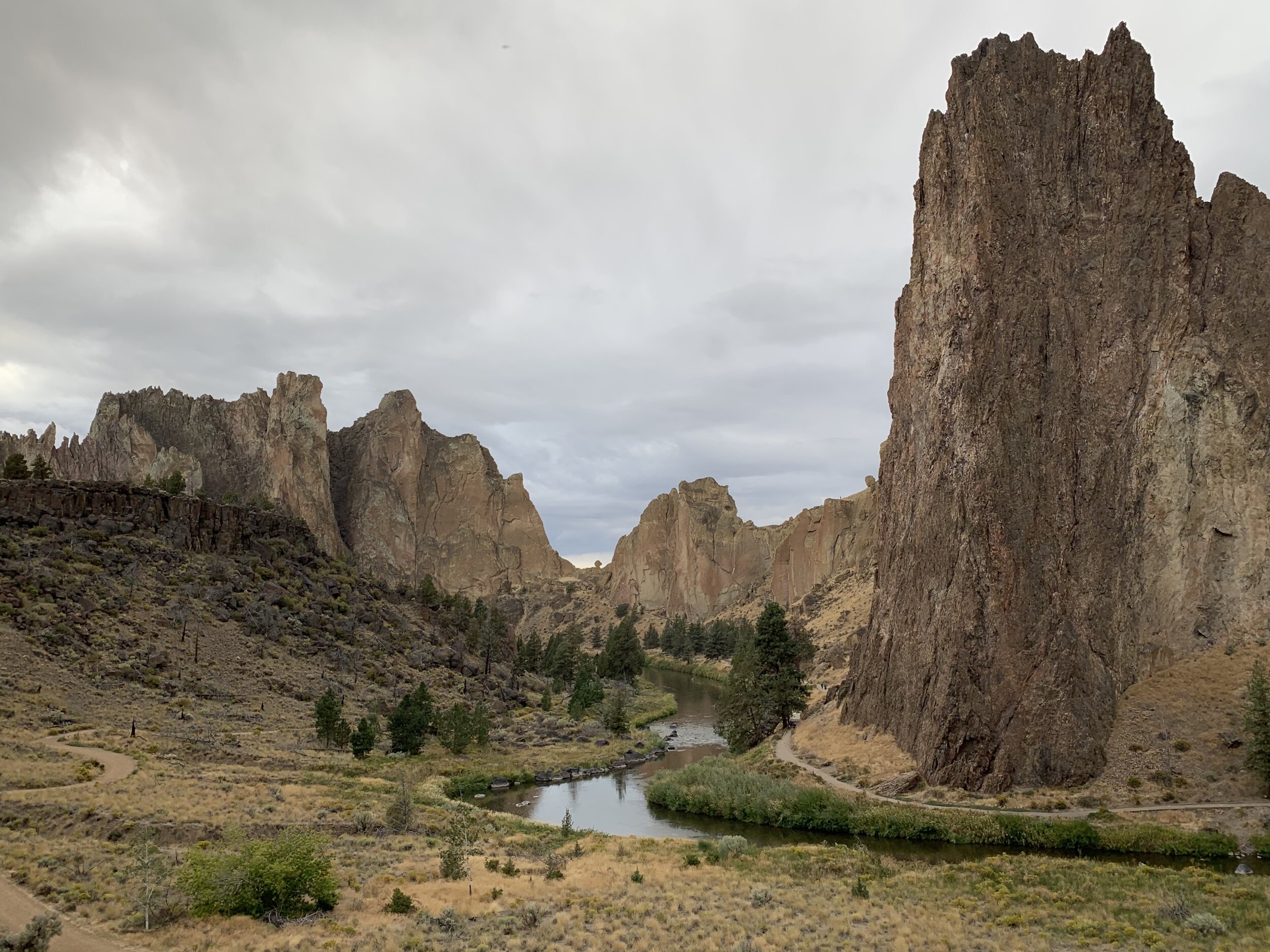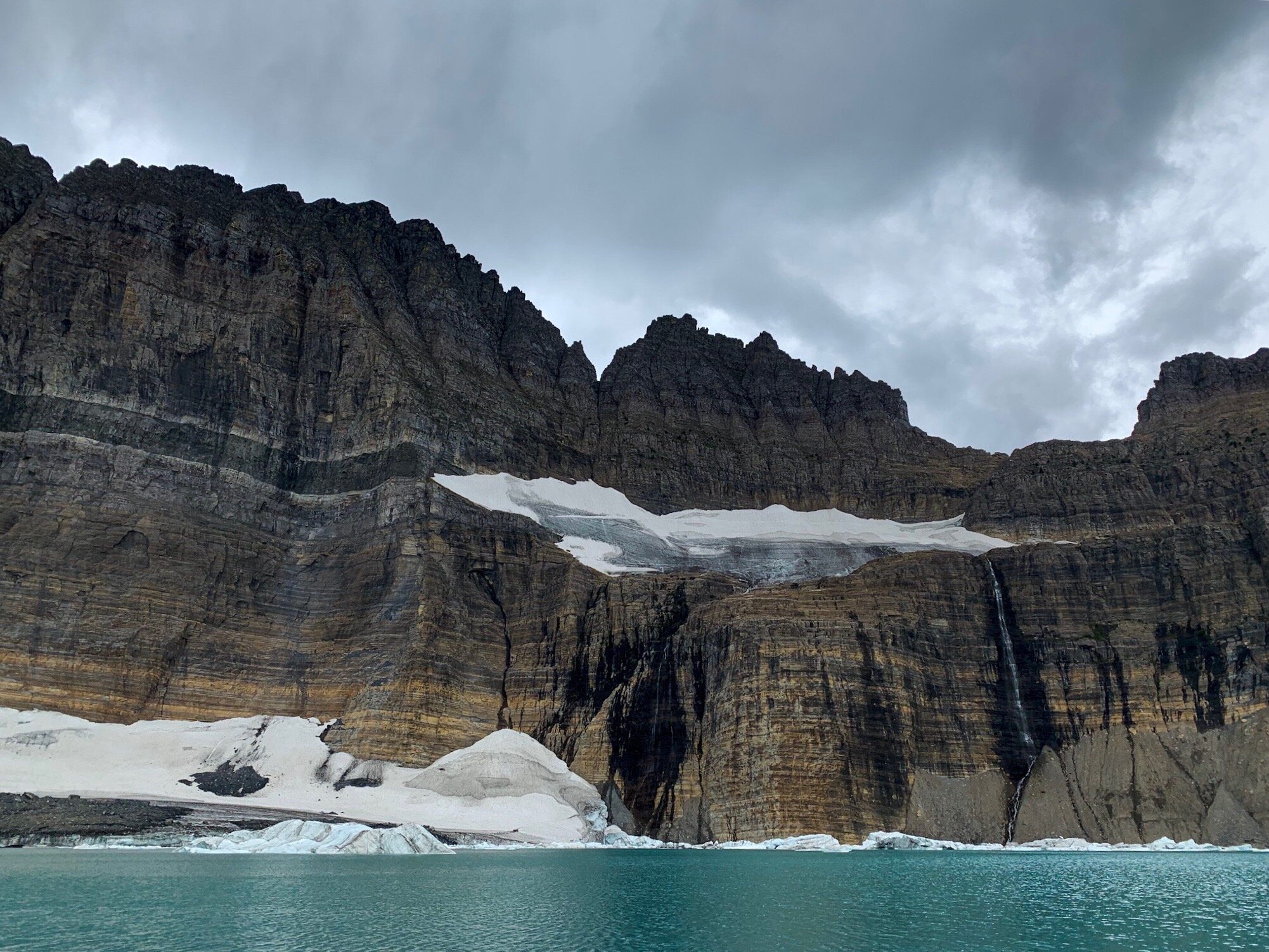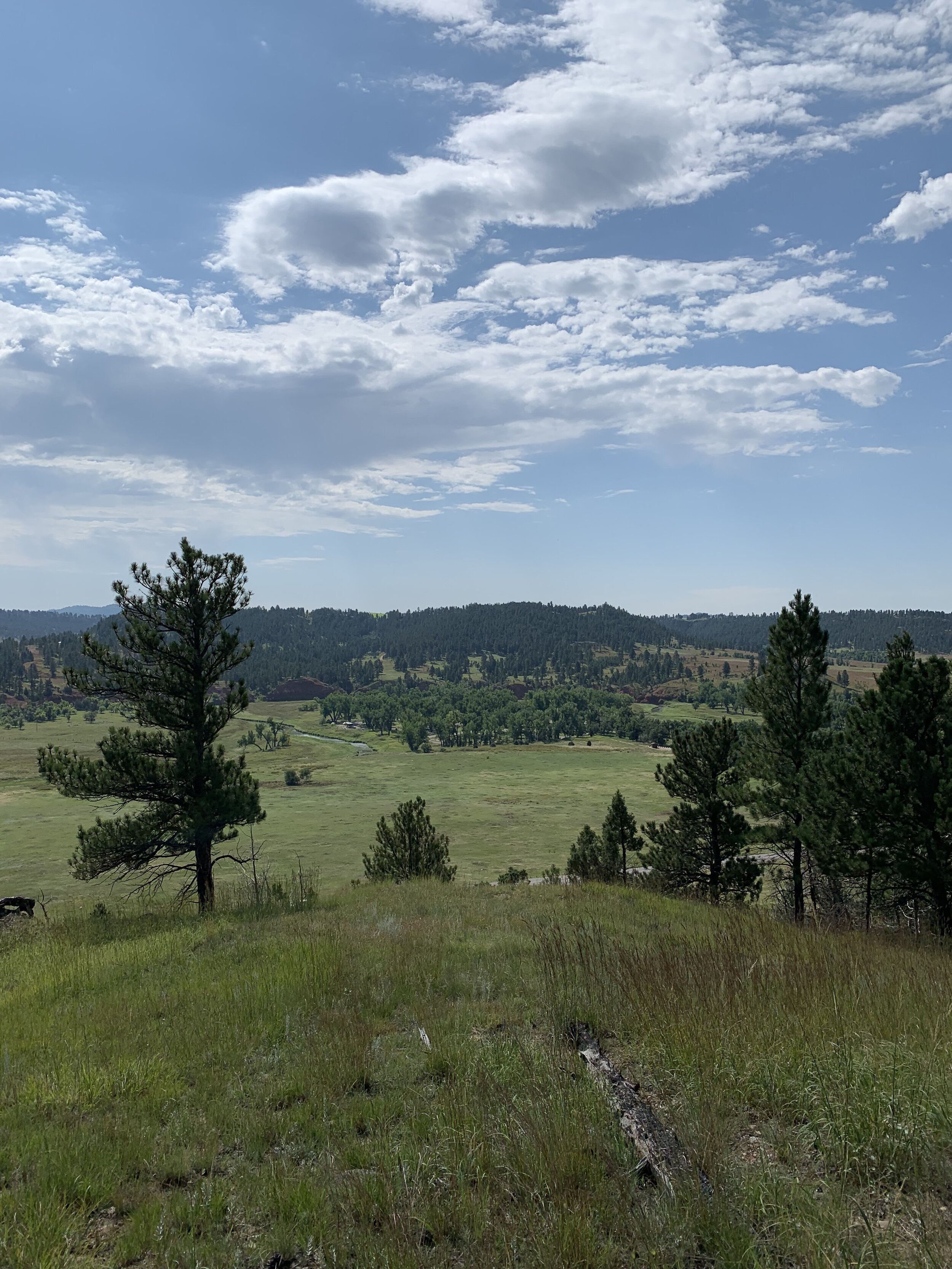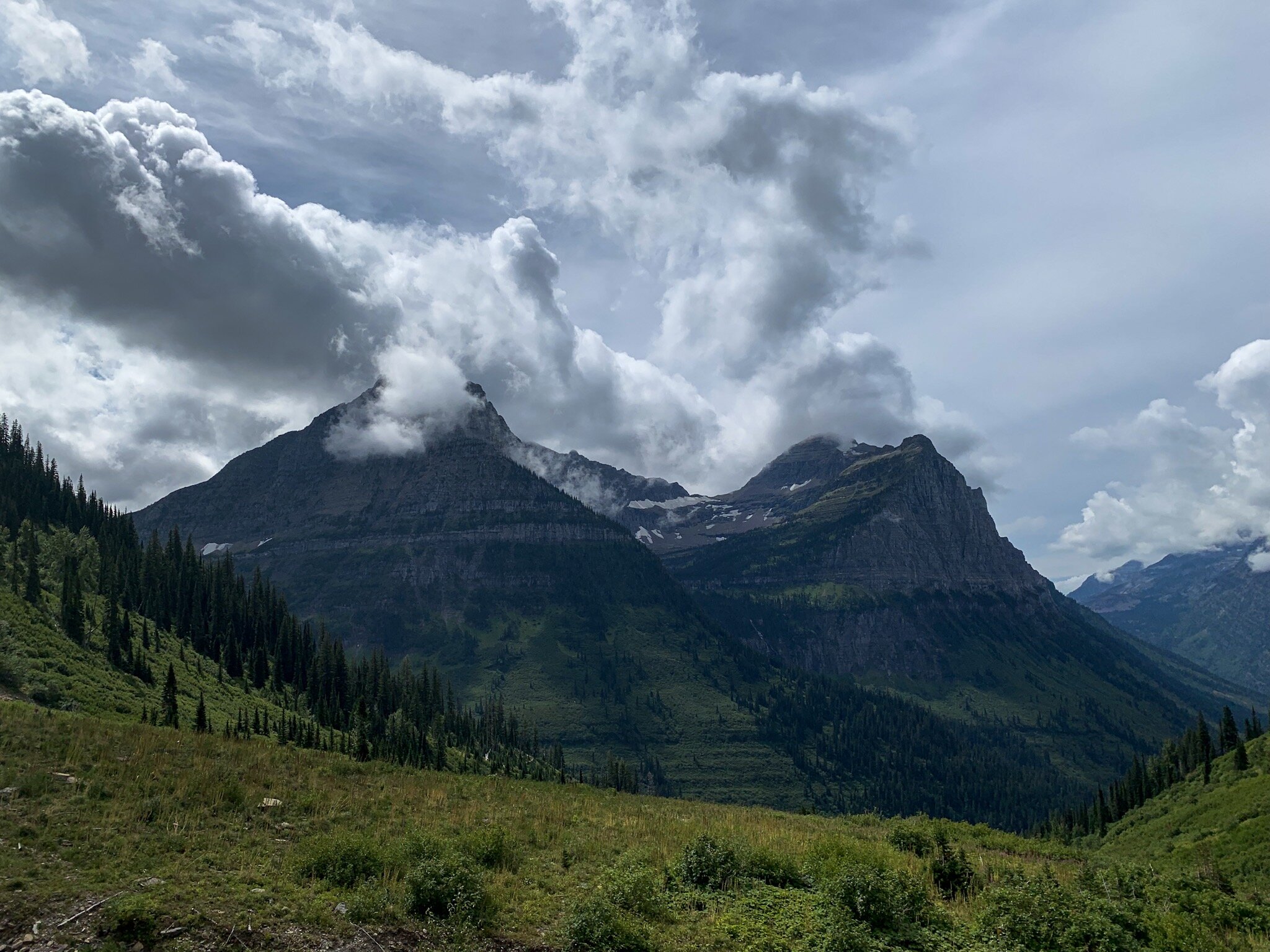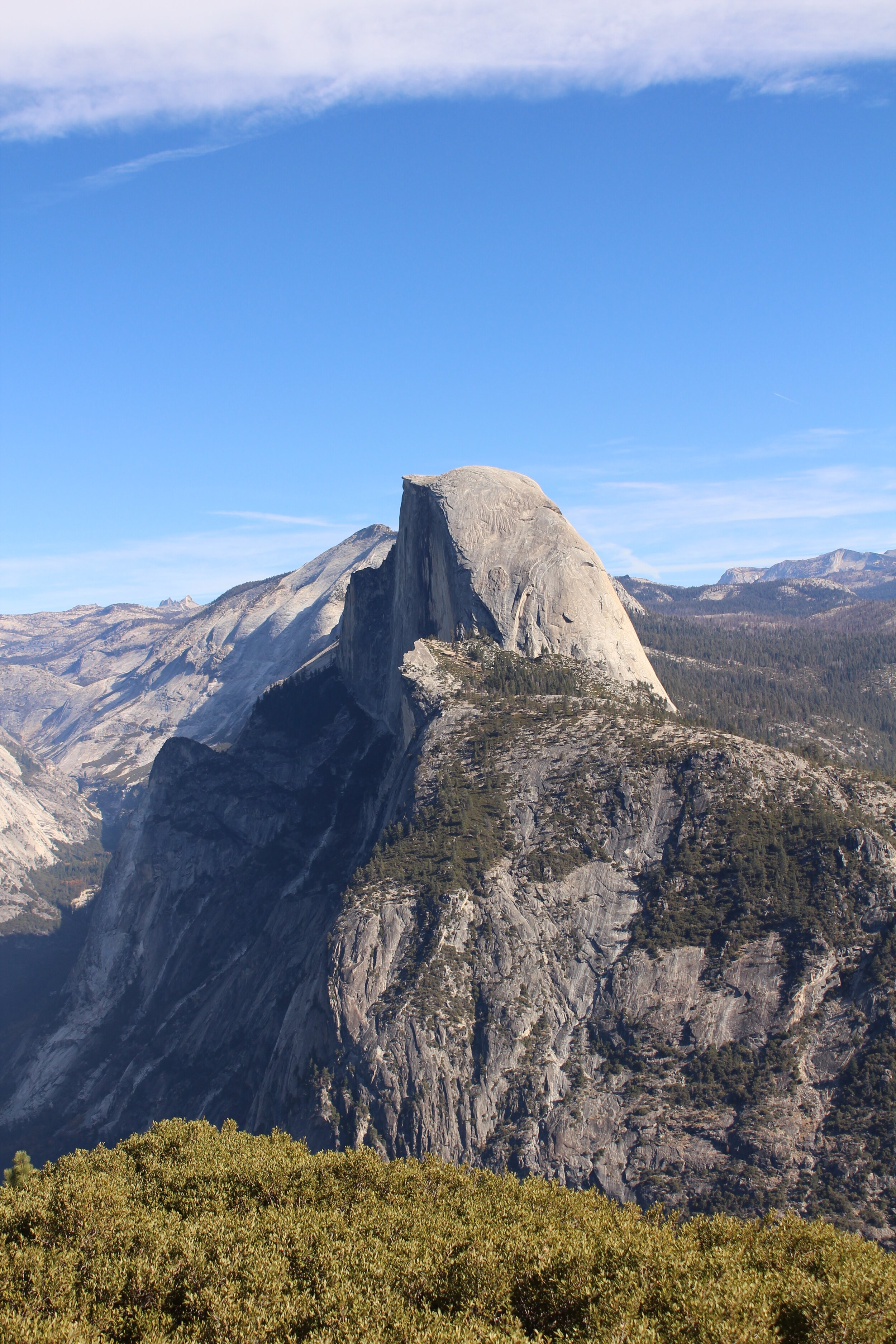Since college, I’ve been what some might call “into spirituality,” and in my travels around the US, I’ve come across quite a few places where the energy is high, and it’s exceptionally easy to connect to the earth. These are places full of local legends, spiritual awakenings, and metaphysical connections, and I love coming across places like these when I’m traveling, so I decided to compile a list of my favorites so far, so if you’re looking to get away from it all, one of these places might be for you.
(I’ll likely create more of these later on, as I explore more places around the world. This piece is centered around the Continental US)
Joshua Tree, CA
1: Sedona, AZ
There’s no question Sedona had to be on this list. Sedona is known as a spiritual vortex—a place where the spiritual energy is high, and healing is possible. Sedona has many points that are specifically known as Vortexes, and these areas are known to help aid in meditation and self exploration. You’ll also find spots like metaphysical shops and health food restaurants in town for the full experience. The people of Sedona are as interesting as the land, and you might just run into people selling sage (but please don’t buy from anyone who isn’t of Native ancestry), meditating, doing yoga, or handing out Sedona heart rocks.
Some of the most powerful places in Sedona for experiencing the Vortex magic are:
· Boynton Canyon
· Cathedral Rock
· Airport Mesa
· Bell Rock
Sedona is a great place to ground yourself, be one with the desert, and spend some time under the stars, and if you’re not into spirituality, it’s worth going just for the views.
Sedona is located on Honanki and Palatki land and you can visit the ruins of their old dwellings during a visit.
Learn more about Sedona, AZ here:
Cathedral Rock Hike, Sedona, AZ
2: Devils Tower, WY
Devils Tower is most recognizable from its movie role in Close Encounters of the Third Kind, and while you (likely) won’t run into any extraterrestrials at this famous National Monument in Wyoming, you might find yourself connecting to the earth a little more than usual here. And the good news is, the devil is no where to be found either. Most importantly, Devils Tower is a Native American holy site, known to the Cheyenne as Bear Lodge. Other tribes such as the Mandan and Arapaho refer to it as Bear’s Hat and Bear’s Tipi respectively, and many Native Americans have used it as a site for ceremonies and rituals for centuries.
As this is a holy site for Native peoples, it is important to respect that during your visit. Do hike around the tower and appreciate its beauty and energy, but don’t touch prayer flags and other holy objects left around the tower.
Learn more about Devils Tower here:
Devils Tower National Monument, WY
3: Mount Shasta, CA
Mount Shasta is an incredible site to see, but it’s also one of the most significant spiritual centers in the world. Many spiritualists know Mount Shasta as Mother Earth’s root chakra, and some connect it with legends of ancient Lumeria, whose people supposedly live beneath the mountain today, waiting for the earth to experience a spiritual awakening. Many people flock to Mount Shasta to experience growth, healing, and finding their life’s purpose, and when we went to fill up water at a local spring, there was talk from locals about it being the water of the gods. The energy is strong here, and in town, you’ll find plenty of metaphysical and crystal shops to explore.
Mount Shasta is also home to many legends from Native tribes, including the Shasta, Wintu, and Modoc tribes just to name a few.
If you aren’t sure about spirituality, don’t fret, Mount Shasta is still worth the visit, and a dip in Lake Siskiyou can’t be beat.
Hiking in Mount Shasta, CA
4: Joshua Tree, CA
My first trip to Joshua Tree was in 2018, and if you’ve been following along for a while, you’ll know that it’s one of my favorite places in California. On our way to that trip, a friend of mine said “there’s a special desert magic in Joshua Tree,” and she was right! From the dark sky zone level stars, to the silhouettes of Joshua Trees in the sunrise light, there truly is magic here. On top of that, this National Park actually does have its own vortices, just like Sedona, and is known for spiritual and healing retreats.
I personally love to visit Joshua Tree for the solitude, the rock scrambling, and that old desert magic, but it’s not uncommon to find yoga and meditation retreats here.
Joshua Tree is located on Serrano, Mojave, Cahuilla, and Chemehuevi land.
Learn more about Joshua Tree here:
Secret view in Joshua Tree National Park, CA
Honorable Mentions:
· Moab, UT
· Great Sand Dunes National Park, CO
· Mount Hood, OR
Spirituality can mean something different to everyone, but when it comes to finding places with strong energy that allow for the best connection to the earth, you can’t go wrong with these. So whether you’re just looking to get away from it all, or maybe plan a retreat for people looking to heal, these spots should be on your list. (And if you’re just a traveler looking for adventure, you can’t go wrong with a visit here either!)





















